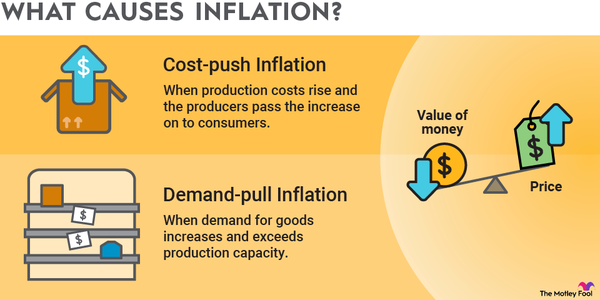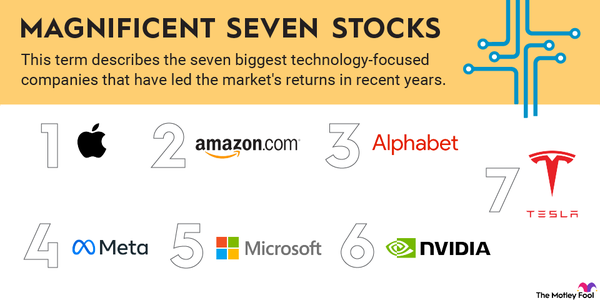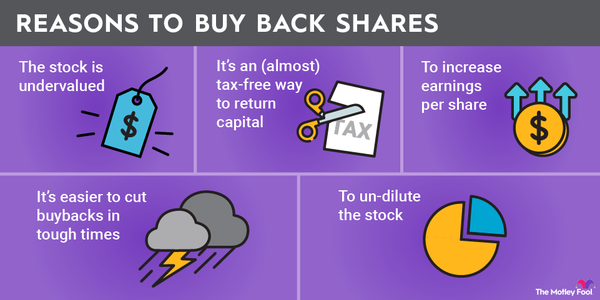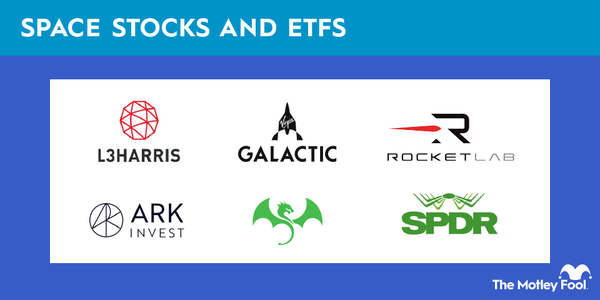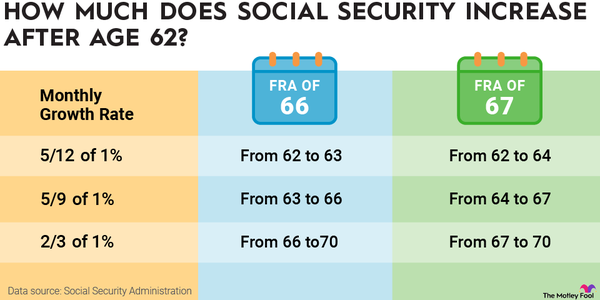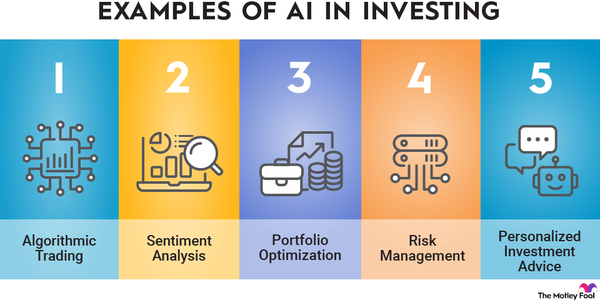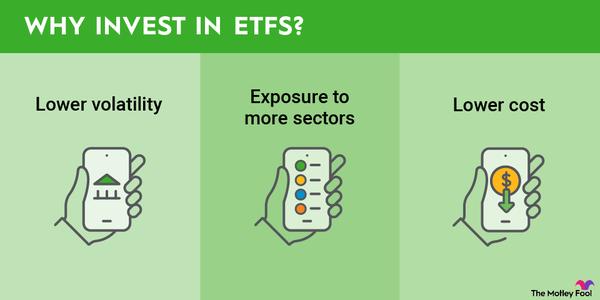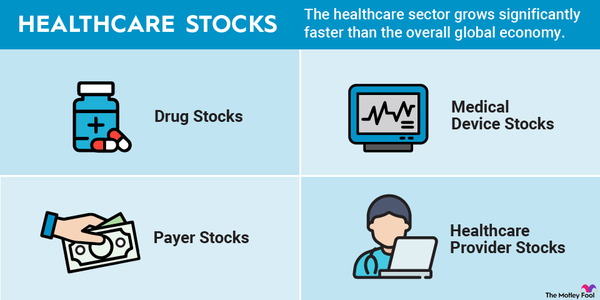There has been a lot of debate about whether stocks or real estate is a better investment for the long haul. Many investors believe that investing in stocks offers the best return potential over the long term.
However, the data says otherwise.

Here's a closer look at how stocks and real estate investment trusts (REITs) have performed through the years.
History
REITs vs. stocks: Digging into the historical data
Congress established REITs in 1960 to provide all investors access to income-producing commercial real estate that was once only available to wealthy individuals.
The National Association of Real Estate Investment Trusts (Nareit), which formed that same year, has been keeping track of historical return data for the REIT sector since 1972. It has developed several indexes to track returns, led by the FTSE Nareit All Equity REITs Index. This index contains all 13 equity REIT subsectors (it excludes mortgage REITs, which it classifies as financial companies).
Here's a look at how this index has performed over the years versus the average stock market return (measured using the S&P 500's returns):
| TIME PERIOD | S&P 500 (ANNUALIZED RETURN) | FTSE NAREIT ALL EQUITY REITS (TOTAL ANNUAL RETURN) |
|---|---|---|
| 1972 to 2024 | 8.0% | 12.6% |
| Past 40 years | 9.1% | 11.4% |
| Past 30 years | 8.5% | 11.4% |
| Past 25 years | 6.2% | 11.7% |
| Past 20 years | 8.3% | 9.0% |
| Past 10 years | 11.1% | 7.2% |
| Past 5 years | 15.3% | 5.5% |
| Past year (2024) | 23.2% | 4.9% |
REITs have outperformed the S&P 500 over the past 20-, 25-, 30-, 40-, and 52-year periods. Stocks have delivered higher returns in recent years, with the S&P 500 beating REITs over the previous 1-, 5-, and 10-year periods.
However, the overall data shows that REITs have outperformed stocks over the long term.
REIT Dividends
Dividends drive much of REIT returns
Dividend payments are meaningful contributors to investment returns for stocks and REITs. For example, since 1940, 34% of the S&P 500's total return has come from dividend income, according to data from Morningstar and Hartford Funds.
Ned Davis Research and Hartford Funds dug deeper into the dividends and returns data. They found that S&P 500 companies that paid a dividend outperformed nonpayers by a wide margin from 1973 through the end of 2024 (9.2% average annual total return vs. 4.3%).
They also discovered that companies that increased their dividends performed better than companies with no change in their dividend policies (10.2% vs. 6.8%), while dividend cutters and eliminators delivered poor returns (-0.9%).
Dividends Per Share
Dividends have an even bigger impact on REIT returns because these entities must distribute 90% of their taxable net income via dividends to investors to remain in compliance with IRS guidelines. About half of REITs' total returns come from dividends, according to Nareit. That compares to about a quarter of the S&P 500’s return.
Dividend growth tends to drive higher returns. That would also help explain the REIT sector's strong long-term performance, since many REITs have a history of increasing dividends.
For example, three REITs qualify as Dividend Aristocrats® (the term Dividend Aristocrats® is a registered trademark of Standard & Poor's Financial Services LLC), which are S&P 500 members with at least 25 years of consecutive dividend increases. More than a dozen REITs qualify as Dividend Achievers, which are stocks that have delivered at least a decade of steady annual dividend growth.
REIT Volatility
REITs and volatility
Dividend-paying stocks tend to be less volatile than the broader stock market.
One volatility metric is beta, which measures a stock's volatility compared to the S&P 500. The S&P 500's beta is 1.0. A beta of less than 1.0 means a stock is less volatile than the broader market, while a beta above 1.0 means a stock is more volatile than the S&P 500.
Beta
According to the same data from Hartford Funds and Ned Davis Research, dividend payers had a lower beta (0.94) than the S&P 500 and nonpayers (1.17). Meanwhile, dividend growers and initiators had an even lower beta, at 0.88, meaning they're less volatile than dividend payers.
Given that data, it's no surprise that most REITs have a lower beta than the S&P 500. The long-term beta of the REIT sector is 0.75. Many have considerably lower betas. For example, of the 16 REITs in the S&P 500 with trading histories dating back to 1994, 7 had betas below 0.75, while all but 2 had betas of less than 1.0. Those outliers were in the timber and lodging sectors, which have more economically sensitive cash flows.
For example, Realty Income (NYSE:O) had a beta of 0.5. A beta of 0.5 implies this REIT is half as volatile as the S&P 500, so if the S&P 500 slumps 10%, this REIT should only decline in value by 5%.
Because of their lower volatility, REIT returns are less correlated with the stock market. That makes REITs an excellent way for investors to build a diversified portfolio and improve their risk-and-return profile.
Performance of REIT Subgroups
Which REIT subgroups have done the best at outperforming stocks?
A closer look at REIT data shows that some subgroups stand out for their outperformance compared with the S&P 500. Nareit has been tracking this data since 1994 for most property sectors (timber, infrastructure, data centers, gaming, and specialty are newer entrants to the REIT sector and thus have fewer years of tracking data).
Here's a look at how the various REIT subgroups have performed versus the S&P 500:
| REIT SUBGROUP | AVERAGE ANNUAL TOTAL RETURN (1994-2024) |
|---|---|
| Self-Storage | 16.7% |
| Industrial | 13.3% |
| Residential | 12.7% |
| Health Care | 12.0% |
| Retail | 11.3% |
| Office | 10.5% |
| Lodging/Resorts | 8.6% |
| Diversified | 7.3% |
| S&P 500 | 8.5% |
Self-storage REIT performance vs. the S&P 500
Several major REIT subgroups have outpaced the S&P 500 since Nareit began tracking these results in 1994.
Leading the pack has been self-storage REITs, which have outperformed all other subgroups by a wide margin since 1994. Over the past three decades, they delivered an impressive 16.7% average annualized total return.
Driving the subsector's longer-term outperformance is that self-storage properties tend to have low construction and operating costs, making most units profitable at low occupancy rates. On top of that, most leases are month to month, enabling self-storage owners to increase prices more quickly to reflect current market rates.
Demand has steadily increased as more households utilize self-storage (from 6.8% in 2003 to 10.2% in 2024).
As an asset class, self-storage properties have delivered much faster net operating income (NOI) growth compared to traditional real estate sectors.
Industrial REIT performance vs. the S&P 500
Another standout REIT subsector has been industrial REITs. Driving the subsector's strong results, especially more recently, has been the rise in e-commerce.
With more people shopping online, industrial REITs, especially those focused on logistics properties, have expanded rapidly by developing new distribution centers to support this growth. Robust demand for warehouse space coming out of the pandemic has allowed REITs to capture significantly higher rental rates as leases expire and renew at current market rents.
Residential REIT performance vs. the S&P 500
Residential REITs have also performed well over the years. This subgroup -- which includes multifamily, single-family home rentals, and manufactured homes -- benefits from fairly recession-resilient demand and rents that expand at market rates each year. One factor behind rent growth is the lack of affordable single-family homes, which causes more people to continue renting.
Office REIT performance vs. the S&P 500
Office REITs have matched the S&P 500’s performance for many years since 1994. However, the sector has struggled in recent years:
| Time Period | Office REITs | S&P 500 |
|---|---|---|
| Past 10 years | 4.6% | 11.1% |
| Past 5 years | -10.5% | 15.3% |
| Past 3 years | -4.7% | 7.3% |
| Past year (2024) | 21.5% | 23.2% |
This subgroup delivered the worst total return among REITs in 2022 (-37.6%) and the second-worst performance in 2023 (2%) but bounced back in 2024 (21.5%). Demand for office space has been weak since the pandemic because many companies have adopted hybrid or remote work, lessening their need for office space. That’s having a significant impact on the office sector. Occupancy and rental rates are falling, cutting into the cash flows of office REITs and the value of their properties.
However, office REITs had a stronger 2024, delivering the fourth-best performance among REIT subgroups as more companies required that their employees return to the office full-time, boosting demand, occupancy, and rental rates.
Data center REITs and other subgroups vs. the S&P 500
Nareit has added several other property types to its tracking in recent years. Here's how these newer subsectors have performed versus stocks since their inception:
| REIT SUBGROUP | FIRST YEAR TRACKED | TOTAL AVERAGE ANNUAL RETURN | S&P 500 (ANNUALIZED RETURN) |
|---|---|---|---|
| Timberland | 2011 | 8.1% | 11.7% |
| Telecommunications | 2012 | 11.6% | 12.6% |
| Data Centers | 2015 | 16.0% | 11.1% |
| Specialty | 2015 | 14.6% | 11.1% |
| Gaming | 2023 | 1.4% | 23.7% |
Data center REITs and specialty REITs have outpaced the broader stock market since Nareit started tracking these new property classes.
Powering the strong returns of data centers is robust demand for data storage infrastructure solutions as business demand for data grows.
This digital transformation trend has driven significant consolidation in the data center REIT sector. Other REITs and leading private equity firms closed a series of mergers and acquisitions to increase their scale and build out platforms. As a result, there are two remaining major data center REITs: Equinix (NASDAQ:EQIX) and Digital Realty (NYSE:DLR).
In addition to M&A activity, organic growth has powered strong returns in the REIT sector. Organic growth will remain a strong catalyst for the industry, especially as data-hungry artificial intelligence (AI) applications accelerate demand for data center capacity in the coming years. AI companies have plans to spend hundreds of billions of dollars on data centers. At the same time, stocking data centers with chips makes up a growing portion of revenue for AI chip companies.
Specialty REITs have capitalized on a growing appetite among investors for new property types, such as entertainment venues, farmland, ground leases, and outdoor advertising. REITs focused on specialty properties have benefited from lower competition to grow at strong rates, leading to market-beating total returns.
While the other newer REIT subgroups haven't beaten the S&P 500 since Nareit started tracking them, they've still performed well overall. Even though the newly formed gaming REIT subgroup has gotten off to a slow start, gaming-focused REITs were one of the drivers of the specialty REITs’ strong performance before Nareit started tracking them separately.
Related REIT topics
REITs vs. Stock Market
Which REITs stand out versus the stock market?
While REITs as an overall group have outperformed stocks -- and certain subgroups have done even better during most periods -- many individual REITs stand out as consistent long-term outperformers.
Data center REIT Equinix has been one of the top-performing REITs over the past 10- and 20-year periods, ranking second in both time frames. Its total return over the last decade was 426.4% (19.3% annualized) as of the end of 2024 and 2,436% (19.7% annualized) during the past 20 years. Equinix has grown briskly by acquiring other operators and organically expanding its global platform. It has delivered an impressive 22 years of consecutive quarterly revenue growth (as of 2024) and increased its dividend every year since converting to a REIT in 2015 (2025 was its 10th consecutive year).
Self-storage REIT Extra Space Storage (NYSE:EXR) delivered strong performances over the past 10- and 20-year periods. It produced the eighth-highest total returns among REITs over the past 10 years (16.3% annualized) and the third-best total over the last two decades (17.7% annualized). Extra Space significantly outperformed its closest peer, CubeSmart (NYSE:CUBE), which posted a 13.5% annualized total return over the past decade.
Extra Space Storage benefited from the above-average NOI growth in the self-storage space, acquisitions, and expanding its sector-leading third-party management platform. That has helped drive 688% core funds from operations (FFO) growth since 2011 and 110.1% dividend growth over the past 10 years.
Equity LifeStyle (NYSE:ELS) has been the top-performing residential REIT over the past 20 years. That’s partially due to its focus on owning manufactured housing properties, which deliver very resilient growth.
Equity LifeStyle can raise lot rents even during a recession because it’s often much more expensive for a manufactured homeowner to move the property than pay more to rent their lot. That has enabled Equity LifeStyle to deliver 4.4% average annual NOI growth since 1998, which has outpaced the REIT industry average (3.3%) and apartment REITs (3.2%). That higher growth rate has contributed to the REIT’s strong returns.
Another headliner for long-term outperformance has been Realty Income. The retail REIT, which focuses on owning freestanding net-lease properties, has produced a 13.4% compound average annual total return since its initial public offering in 1994.
The REIT's steadily rising dividend is one factor contributing to those market-crushing total annualized returns. Realty Income -- which pays a monthly dividend -- has increased its payout for 110 straight quarters as of early 2025 and 130 times overall, giving it three decades of annual dividend growth. Realty Income has grown its dividend at a 4.3% compound annual rate since 1994.
The data on REITs is clear
The U.S. Congress created REITs to level the playing field so all investors could access income-producing, wealth-creating real estate. That has turned out to be a boon for the average investor because REITs have outperformed stocks over the long term -- thanks partly to their dividends -- and with less volatility.
Many subsectors and specific REITs have delivered even higher returns. Because of all that, investors should strongly consider adding REITs to their portfolios by either investing in a REIT ETF or purchasing shares of specific REITs.
Sources
- CBRE (2024). “Unpacking Self Storage: A Sector on the Move.”
- Equity LifeStyle (2025). “Company Presentation, February 2025.”
- Extra Space Storage (2025). "Company Presentation, March 2025."
- Hartford Funds (2025). “Power of Dividends.”
- Nareit (2022). "REITs and Dividend Income."
- Nareit (2025) “Annual Index Values & Returns.”
- Realty Income (2025). "Investor Presentation, February 2025."
- REIT.com (2018). “REIT Beta by Property Type: Most REIT Sectors Have Brought Down Portfolio Volatility Most of the Time.”



































